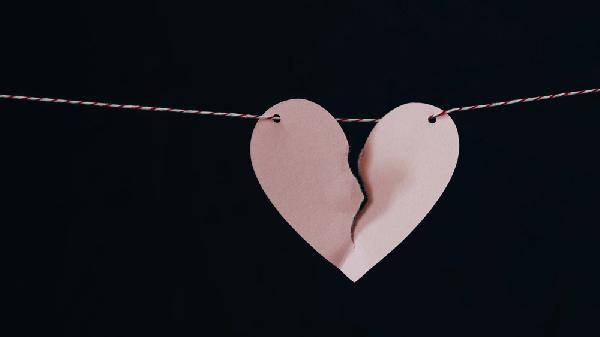Benny’s casual remark about his innate polyamory stuck with me because it highlighted a fundamental divide in how people experience non-monogamy. For some, like Benny, it’s an effortless identity—a natural orientation. For others, like me, it’s a hard-won evolution, forged through trial, error, and emotional labor. The question isn’t just can someone be polyamorous, but how—and whether that distinction even matters.
The Born-This-Way Polyamorist
Benny’s experience isn’t unique. Some people describe polyamory as an intrinsic part of their identity, as unchangeable as their sexuality. They’ve never felt possessive or territorial in relationships; compersion (the joy of seeing a partner happy with others) comes easily. Research suggests this might be tied to attachment styles—those with secure or dismissive-avoidant tendencies often report less jealousy. But biology isn’t destiny. Even "natural" polyamorists face societal conditioning. Growing up in a monogamy-centric world means unlearning scripts about ownership and scarcity, regardless of how wired you are for multiple loves.
The Converted: Polyamory as a Learned Language
Then there’s the rest of us—the folks who arrive at polyamory through sheer stubbornness or existential crisis. My journey began with a foursome that cracked open my marriage, revealing desires I didn’t know I had. But desire isn’t the same as skill. I had to learn to sit with jealousy like an uninvited houseguest, to communicate needs without collapsing into guilt, to navigate boundaries without defaulting to control. This path is messy. It requires treating relationships as a practice, not a given. The upside? Those of us who’ve fought for our polyamory often develop radical self-awareness and emotional tools that monogamy never demanded.
When Nature and Nurture Collide
The tension between "born poly" and "became poly" isn’t just academic. It shapes community dynamics. Natural polyamorists sometimes dismiss newcomers’ struggles as insecurity or incompatibility, while the converted resent the implication that their hard work is somehow less valid. But the truth is, most people exist in the messy middle. Even Benny admitted that his "no jealousy" claim wasn’t absolute—it just manifested differently (FOMO over unmet needs, not fear of replacement). Meanwhile, my once-agonizing jealousy has dulled into occasional discomfort, like a muscle that’s been stretched enough to stop cramping.
Why the Distinction Matters
This isn’t about gatekeeping. It’s about recognizing that polyamory, like any relationship structure, isn’t one-size-fits-all. For some, it’s a revelation; for others, a compromise. And that’s okay. The danger lies in treating either path as superior. Romanticizing innate polyamory risks erasing the labor of those who’ve rebuilt themselves to make it work. Conversely, glorifying the "struggle" narrative can alienate folks who’ve always known they were built for multiple loves. The healthiest approach? Honor both. Celebrate the Bennys for their ease, and the rest of us for our grit—because the community thrives when there’s room for all of it.
Years later, I still think about that dinner. Not for the sex (though it was fun), but for the way Benny’s words forced me to examine my own story. Polyamory isn’t just something I do—it’s something I am, even if I got here the hard way. And maybe that’s the real takeaway: whether you’re born into it or choose it, the destination is the same. A life where love isn’t a finite resource, but a language you keep learning.
























